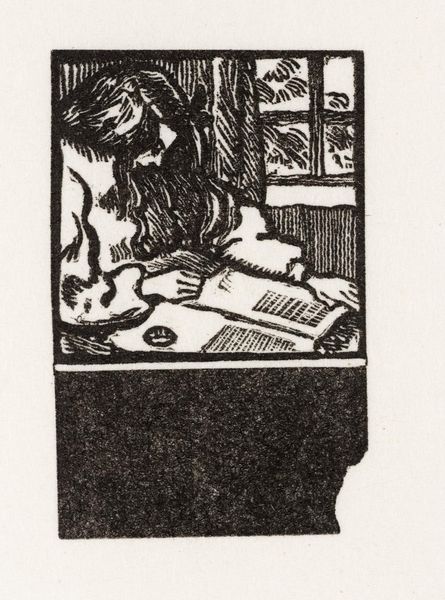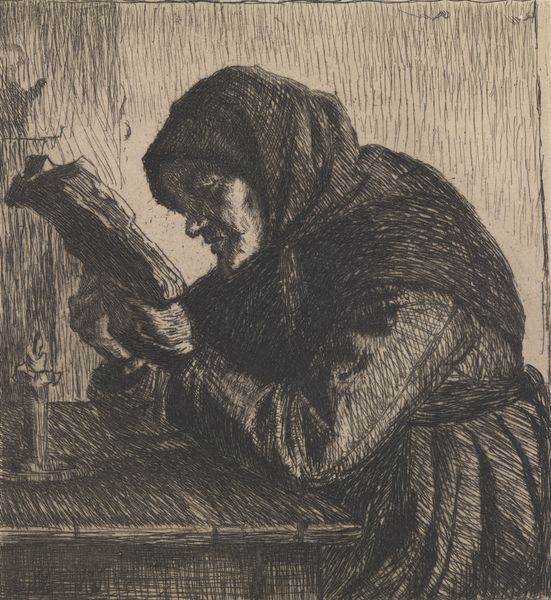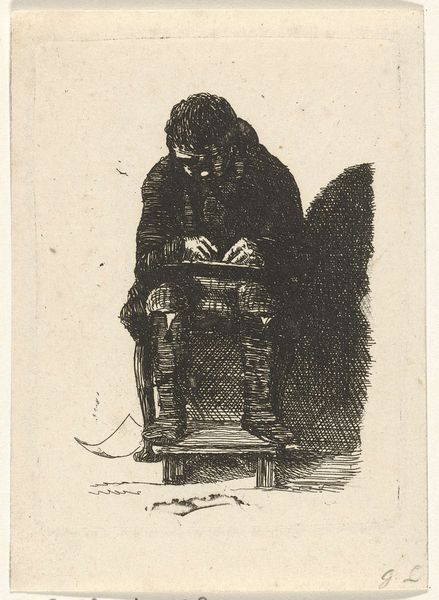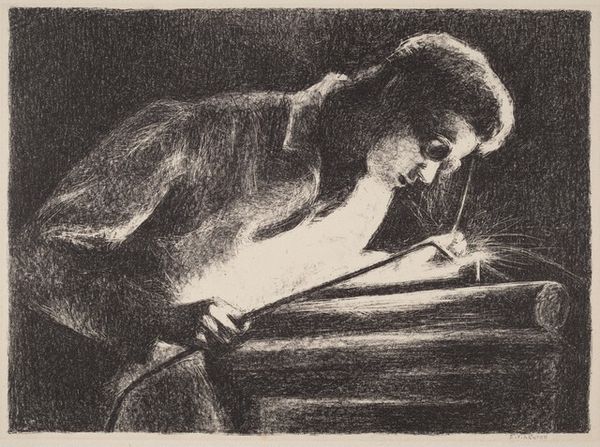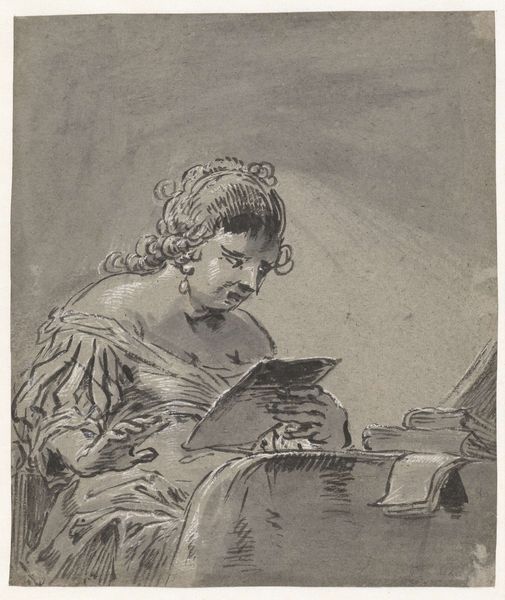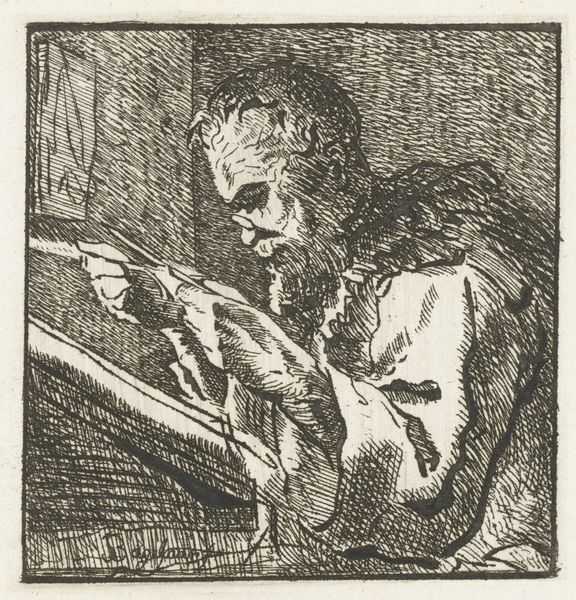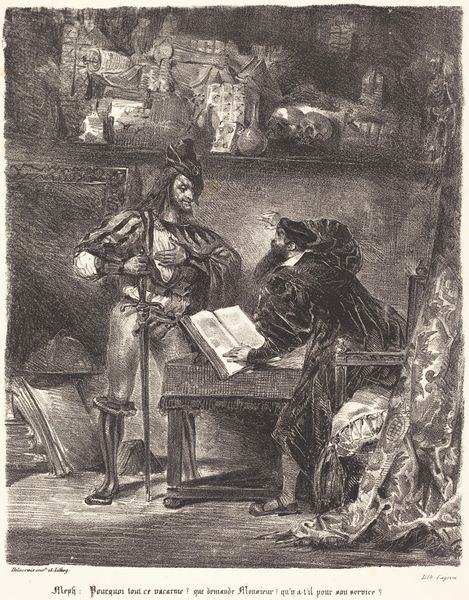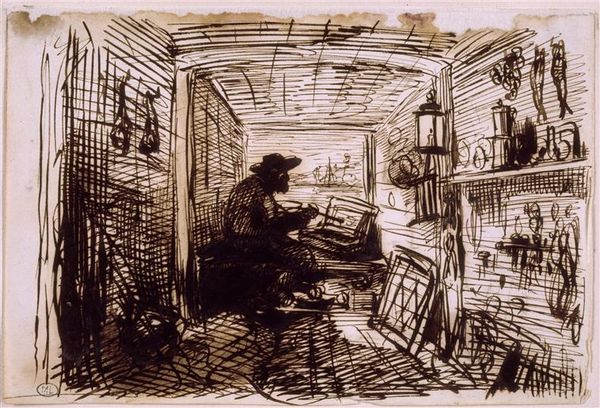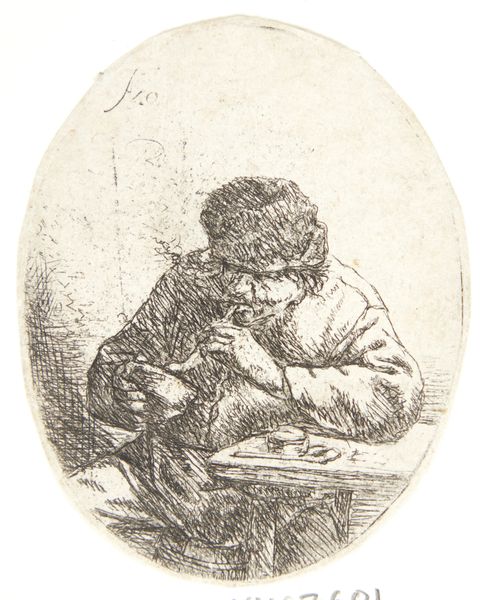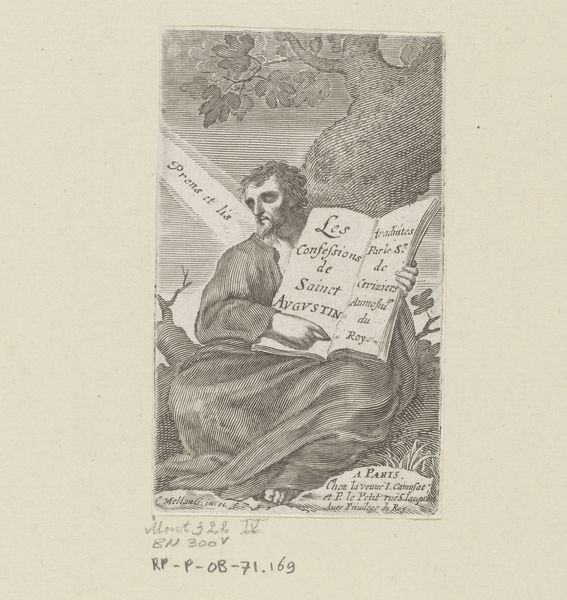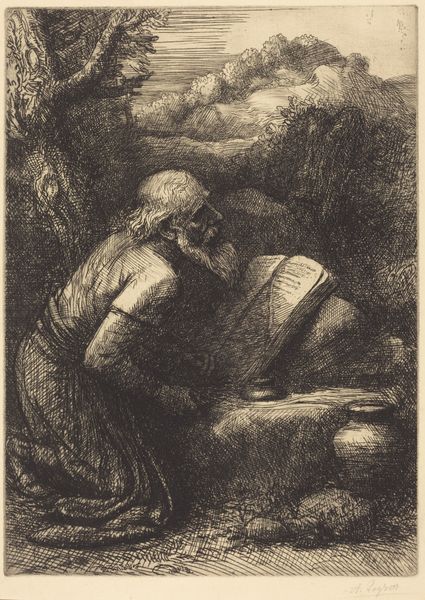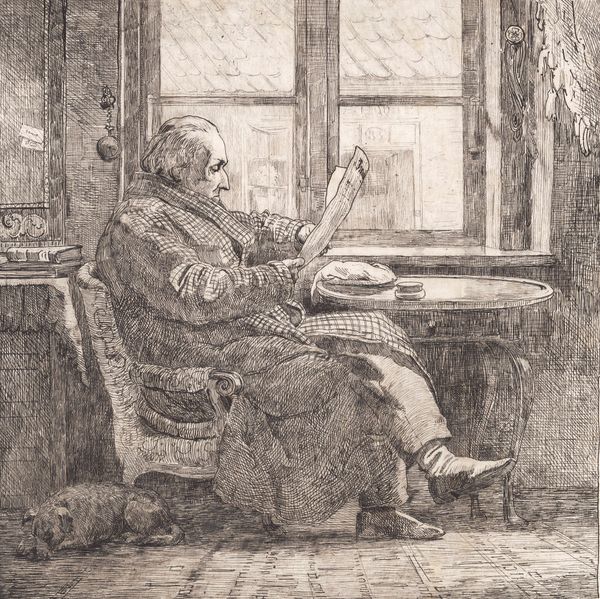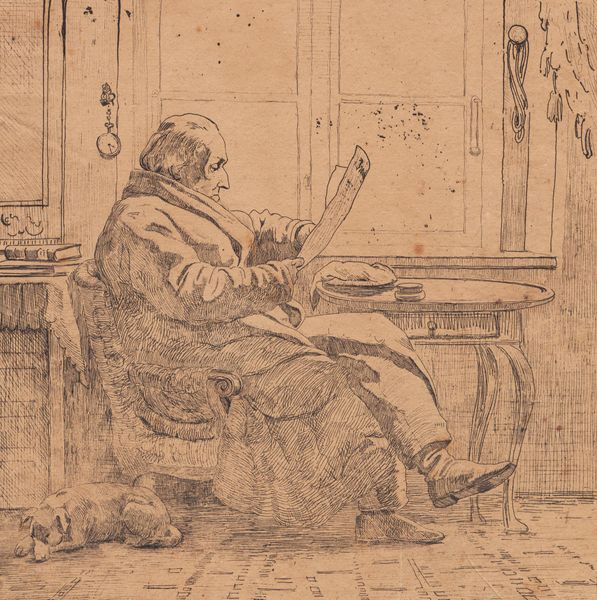
#
pencil drawn
#
amateur sketch
#
pencil sketch
#
incomplete sketchy
#
charcoal drawing
#
possibly oil pastel
#
pencil drawing
#
rough sketch
#
men
#
musical-instrument
#
fantasy sketch
#
initial sketch
Copyright: Public domain
Curator: Charles Jacque's "Musician," created in 1847, captures a solitary figure engrossed in music. The work appears to be rendered in pencil, possibly charcoal, offering a glimpse into 19th-century artistic practices. Editor: It feels very immediate, almost like a fleeting moment captured. There's a darkness surrounding the musician that is quite enveloping. You can almost hear the silent strings. Curator: Indeed. And thinking about the social role of music during this period—prior to mass media and recordings—music was deeply woven into everyday life. Home performance, as seen here, becomes a vital expression, often reflective of class and gender. Editor: The figure is hunched over the instrument and the score, almost subsumed. The symbolism of that concentration suggests music not merely as a pastime but potentially as a refuge or a calling. Note also how light falls across the sheet music. Is music illuminating some personal space within this shadowy existence? Curator: Interesting. Considering Jacque's focus on rural and pastoral scenes, is it possible that this musician represents the everyman, a figure whose musical endeavors reflect a form of resistance to the societal and political upheavals of mid-19th century Europe? What might folk melodies of the time reveal about cultural sentiment? Editor: I find myself drawn to the stark contrast. The heavy shadows on the wall looming over the very defined table where his musical notations are, a world of light and inspiration. It really elevates an otherwise commonplace moment to an internal drama, no? Curator: Precisely. These stark dichotomies point to tensions within individual lives and larger social dynamics, perhaps speaking to constraints faced even by those with the means to pursue artistic interests. Class distinctions and limited access to formalized education were likely significant. Editor: So, it's a quiet rebellion—through a commitment to an instrument. This interpretation sheds new light for me. It transcends technique to encompass profound narratives of aspiration and personal expression. Curator: Indeed. Understanding this, this work provides an introspective reflection. Thank you for the dialogue, it brought another dimension to understanding art! Editor: Agreed! Examining symbolism certainly enhances one's interpretation of artwork.
Comments
No comments
Be the first to comment and join the conversation on the ultimate creative platform.
